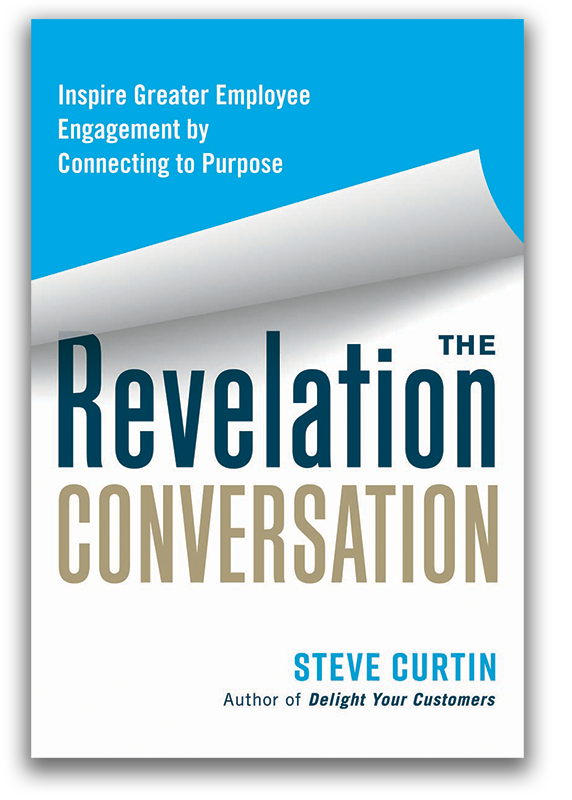 Last week, I worked in Freeport on the island of Grand Bahama for a client in the insurance industry. Over lunch she questioned whether or not the essence of an employee’s job could be captured in his job function.
Last week, I worked in Freeport on the island of Grand Bahama for a client in the insurance industry. Over lunch she questioned whether or not the essence of an employee’s job could be captured in his job function.
My reply was that job essence and job function were separate and that there is a very real danger to combining them.
To clarify, the essence of an employee’s job is his overarching purpose—his highest priority. Job essence for employees at most companies is to create promoters—enthusiastic customers who will recommend their products and services, are less price-sensitive, and have higher repurchase rates.
Job function refers to the duties associated with one’s job role. For example, a job function of a receptionist is to greet customers who enter the reception area. Some companies script this greeting to ensure employees’ professionalism and maintain consistency.
Scripting and legislating customer greetings may appear to be an effective way to capture job essence (expressing genuine interest in the customer) in a job function (customer greeting) but that may not always be the case.
When I think of ineffective greetings, two companies come to mind: Papa Murphy’s Take ‘N’ Bake Pizza and Best Buy. Both organizations have taken a behavior that is intended to make customers feel welcome in their stores and, by scripting and mandating the greeting, have marginalized its effect on customers.
Oftentimes when I enter Papa Murphy’s to pick up my pizza, employees hear the door chime and say, “Welcome to Papa Murphy’s” but don’t even bother to look up from behind the counter.
Best Buy “greeters” are, interestingly, positioned with their backs to customers as they enter the store. If they’re not busy inspecting customers’ bags, they may look over their shoulder and say, “Welcome to Best Buy.” It makes me wonder what their real function is—greeting customers or preventing theft?
As with the Papa Murphy’s example, this greeting has become institutionalized in the stores. It’s mandatory. It’s expected. It’s monotonous. It’s robotic. And it’s ineffective at making customers feel genuinely welcomed.
A sincere greeting is one that expresses genuine interest in the customer and conveys authentic enthusiasm for serving her. Unless it’s over the phone, it certainly includes eye contact, a visible smile, and, in every case, energy in the greeter’s voice.
While it’s efficient to provide greeters with scripts, it may be more effective to ensure that they recognize the essence of their jobs is to create delighted customers—promoters—and then rely on them to convey this in their own words and actions.
What do you think?

